
The BREEAM suite of schemes enables consistent and comparable assessment and verification across the entire built environment lifecycle.
CBRE Investment Management use BREEAM as a method to measure success. It provides consistency and comparability in our environmental assessments We implement it across funds and portfolios in many locations, and utilise the assessment outcomes to continuously drive improvement.
Robbie Epsom, EMEA Head of ESG, CBRE Investment Management(SFL)
To talk to us about the BREEAM technical standards, please call us on +443333218811 or fill out our form, and one of our experts will be in touch.
BREEAM technical standards
BREEAM New construction
The BREEAM New construction standards provide a framework to deliver high performing and sustainable newly built assets, that support commercial success whilst also creating positive environmental and social impact.
Find out more about New construction
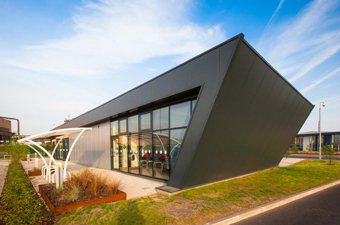
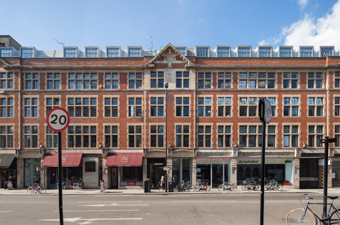
BREEAM Refurbishment and fit-out
The BREEAM Refurbishment and Fit-Out standards provide a framework to deliver projects to a high performing and sustainable standard, support commercial success and create positive environmental and social impact.
Find out more about Refurbishment and fit-out
BREEAM In-use
The BREEAM In-use standards provide a framework to enable property investors, owners, managers and occupiers to determine and drive sustainable improvements in the operational performance of their assets, leading to benchmarking, assurance and validation of operational asset data.


BREEAM Communities
The BREEAM Communities standard provides a framework to support planners, local authorities, developers and investors to integrate and assess sustainable design in the masterplanning of new communities and regeneration projects.
Find out more about BREEAM Communities
BREEAM Infrastructure
BREEAM Infrastructure (formerly CEEQUAL) is the world’s first sustainability rating scheme to improve design, construction and maintenance of infrastructure assets.
Find out more about BREEAM Infrastructure
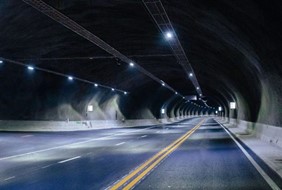
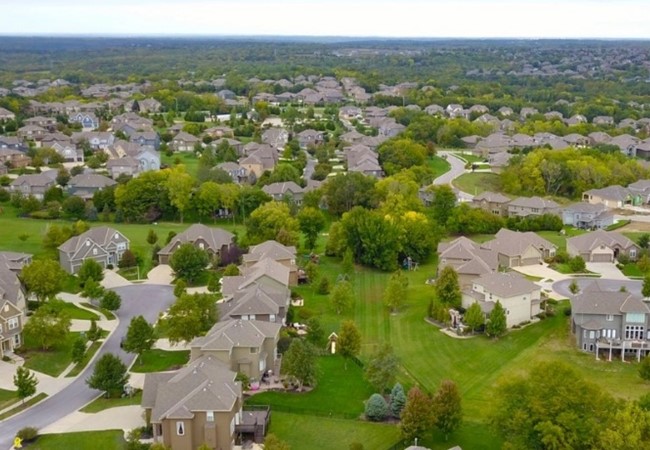
Home Quality Mark
The Home Quality Mark (HQM) is the badge of a better home. It enables house builders to showcase the quality of their homes, and to distinguish them from other houses on the market, by providing impartial information from independent experts.
BREEAM Case studies
Browse the latest case studies from BREEAM

Aligning ESG goals: LXP’s collaborative approach to Green Building Standards

Using BREEAM across an asset’s lifecycle: Hermes Business Campus
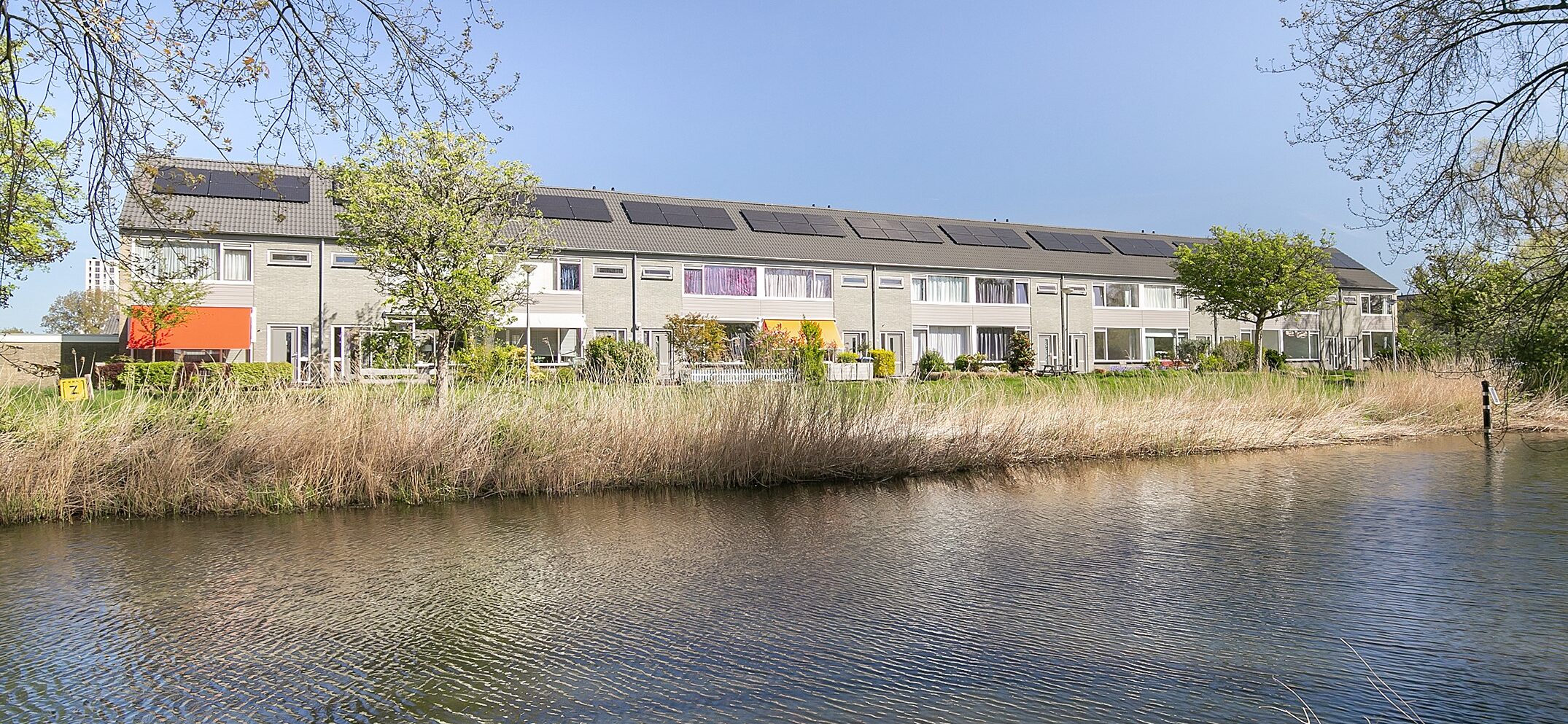
World’s largest real estate certification powered by BREEAM In-Use for Dutch investors Vesteda
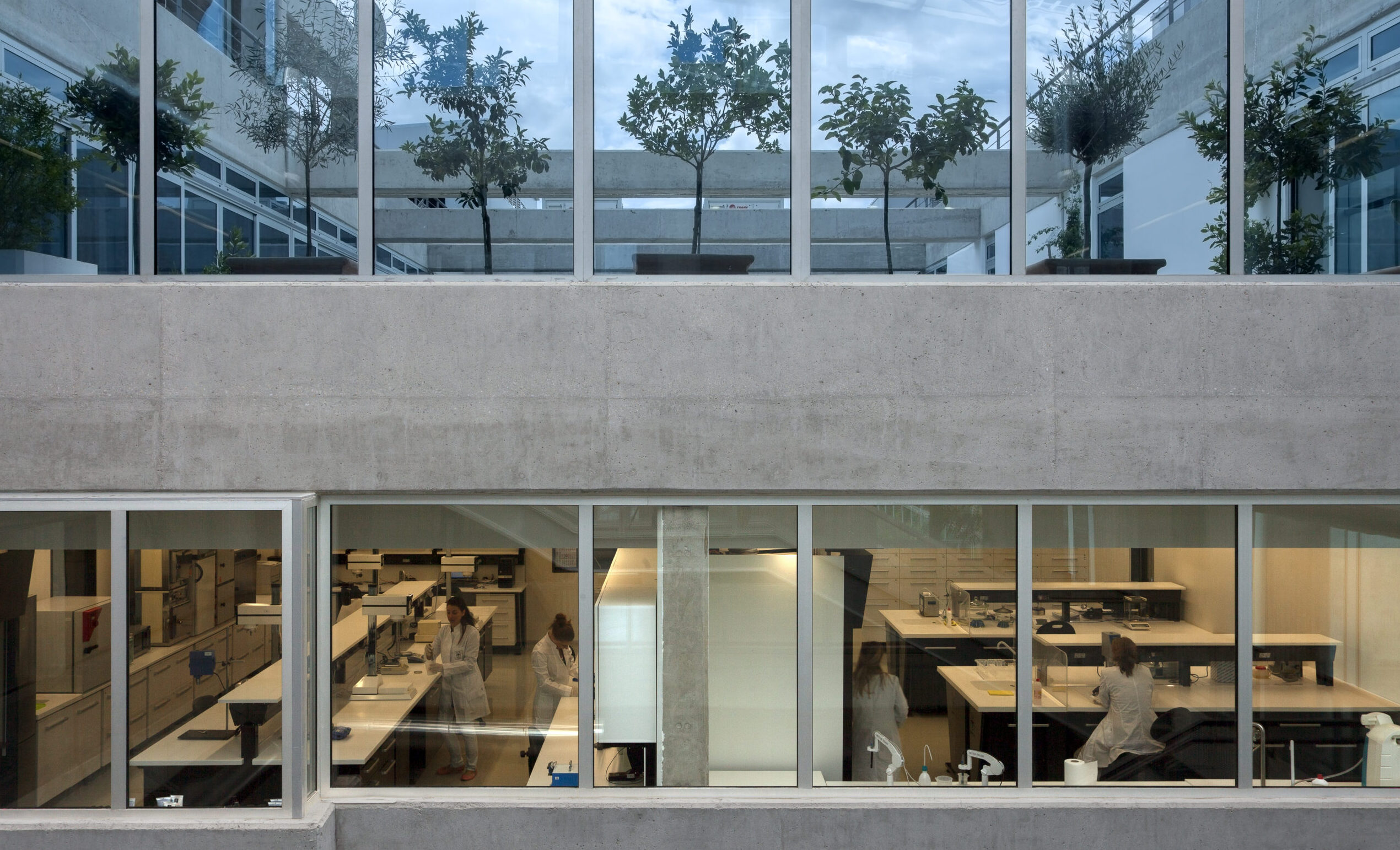
Natural cosmetics company APIVITA awarded with BREEAM In-Use ‘Excellent’ rating for Athens headquarters ‘The Hive’

BNP Paribas Real Estate and Generali Real Estate achieve target of BREEAM In-Use V6 Excellent rating

China Basin – Achieving BREEAM Very Good rating on a waterfront Tech & Life Sciences Campus in San Francisco
Get in touch

